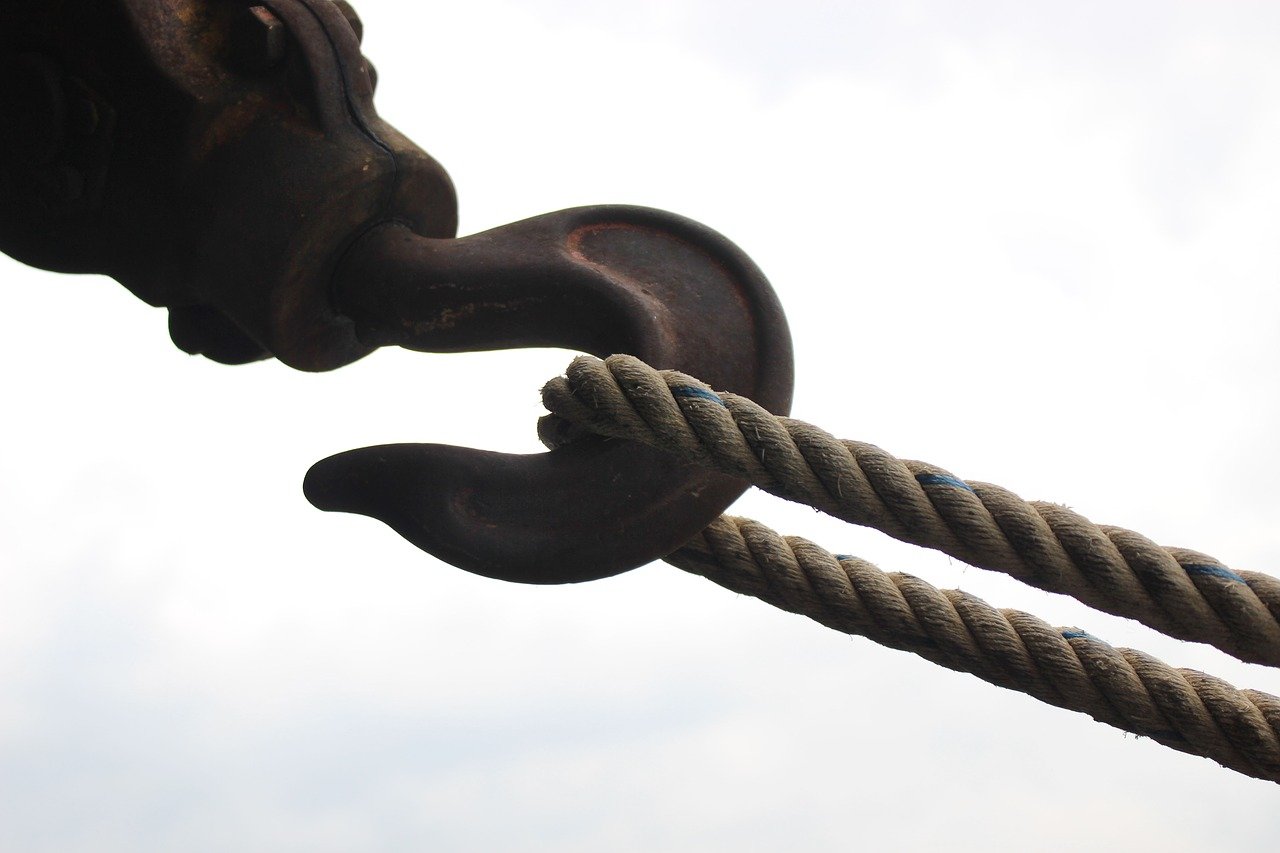
Rigging Hardware Explain dangers Rigging is only as strong as its weakest link. Workers’ lives depend on the strength of that link. It doesn’t matter what safe working load is […]
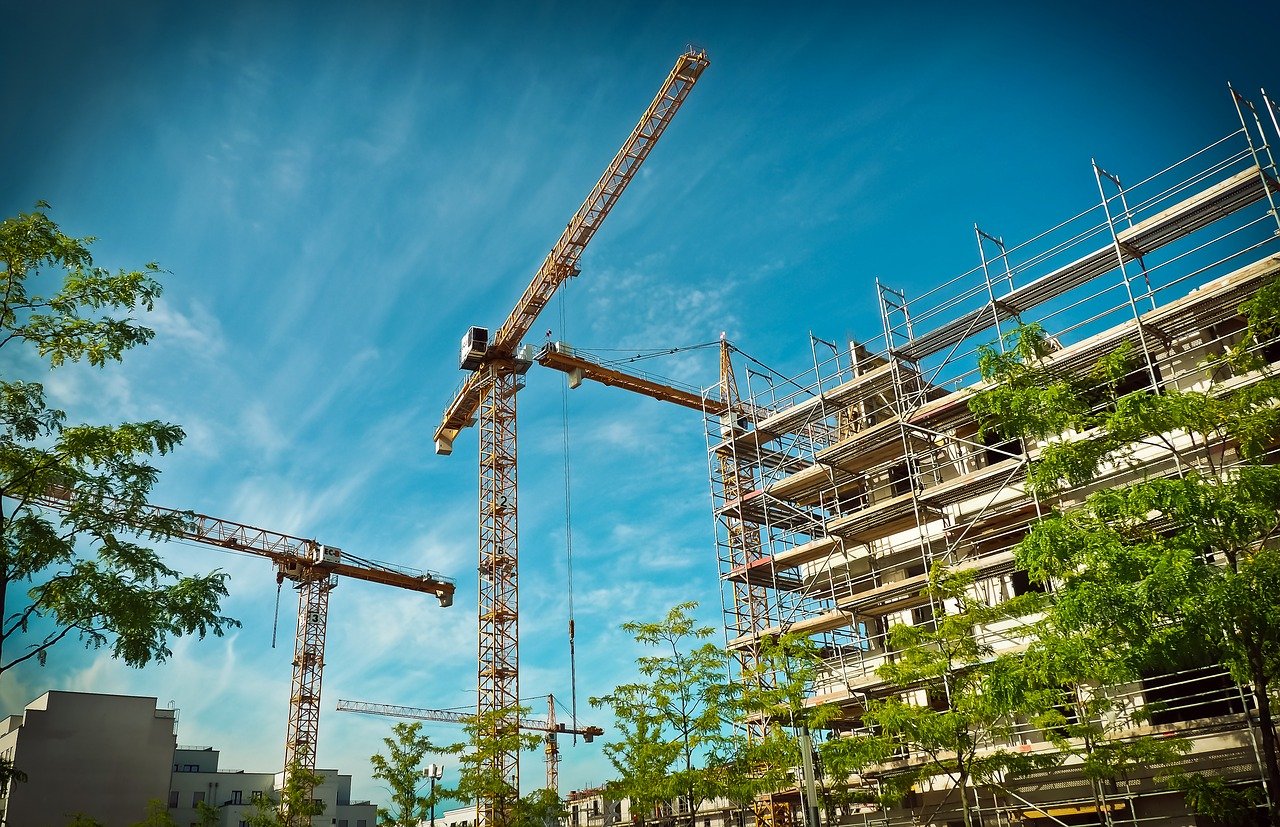
Formwork – Leading Edge Explain dangers In the high-rise formwork industry, nearly 23 per cent of all lost-time injuries are caused by falls. Most of these injuries result in sprains […]
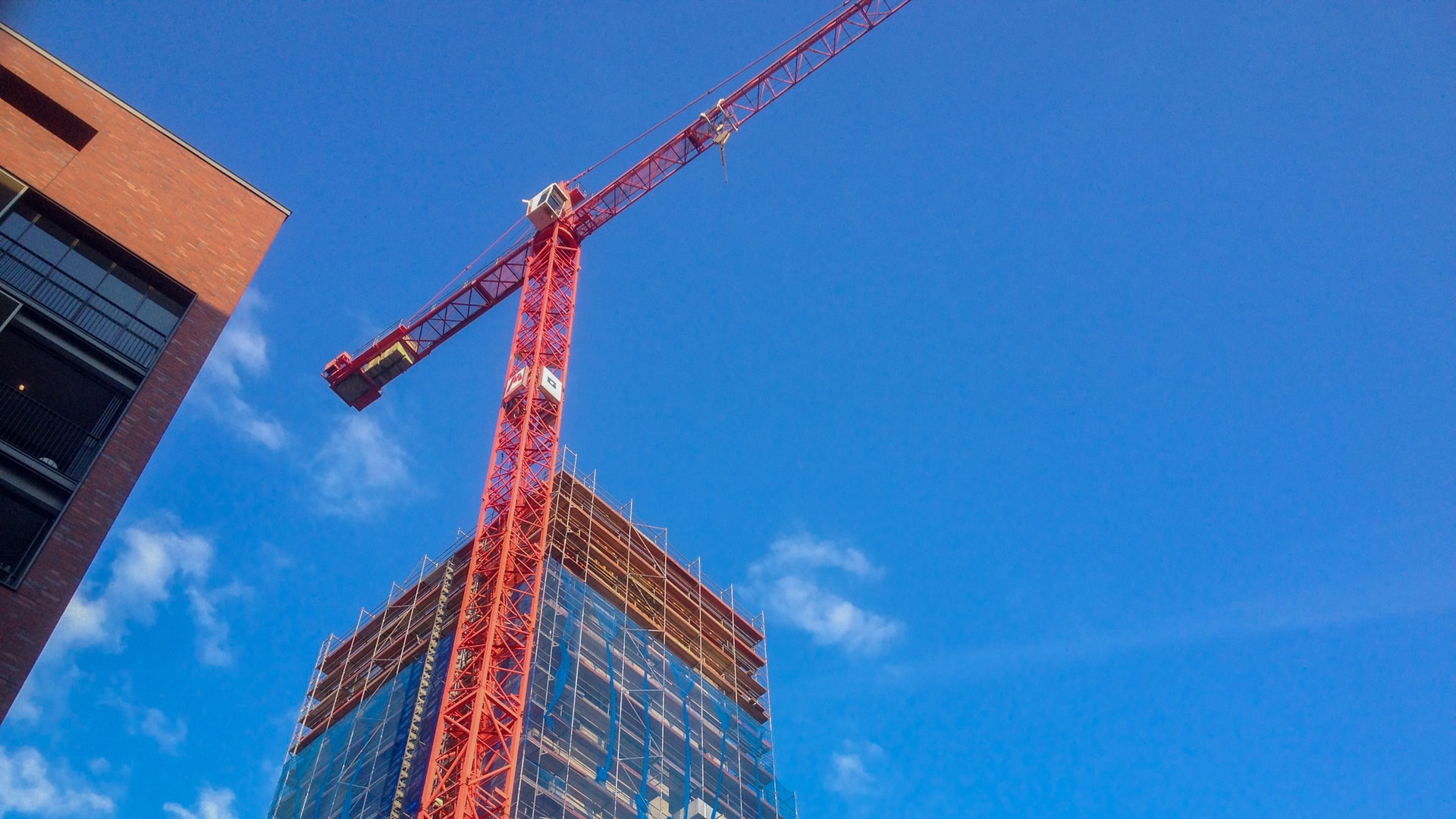
Flying Forms – Working at Heights Hazards Explain dangers Flying forms can save time and, in some cases, are safer than using built-in-place methods. However, flying forms have some significant […]
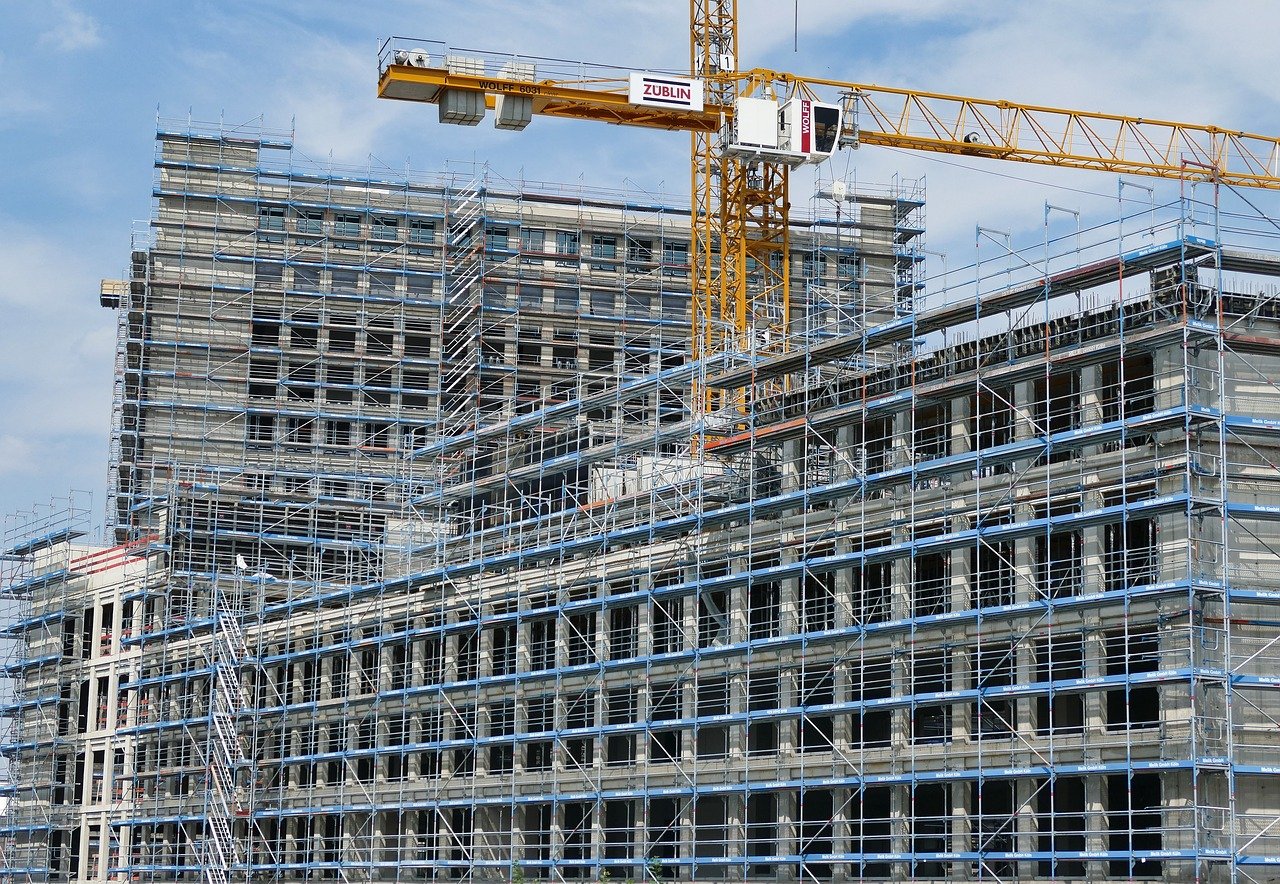
Working at Heights – Scaffolds – Structural Components Explain dangers If the structural components of a scaffold are damaged, defective, or installed incorrectly, it can lead to a tip-over or […]
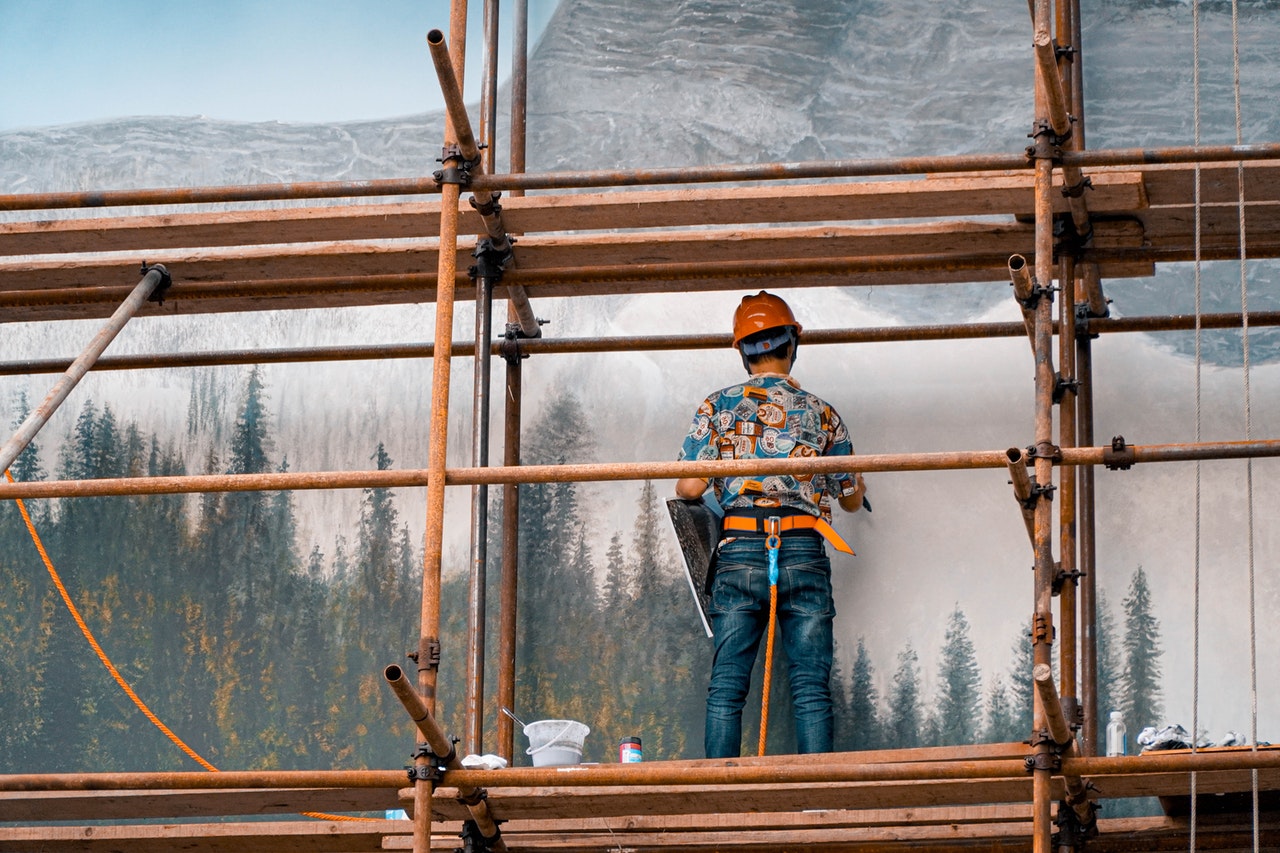
Working at Heights – Scaffolds – Planks and Decks Explain dangers Many scaffold injuries involve problems with planks. If scaffold planks and decks fail, you could be seriously injured or […]
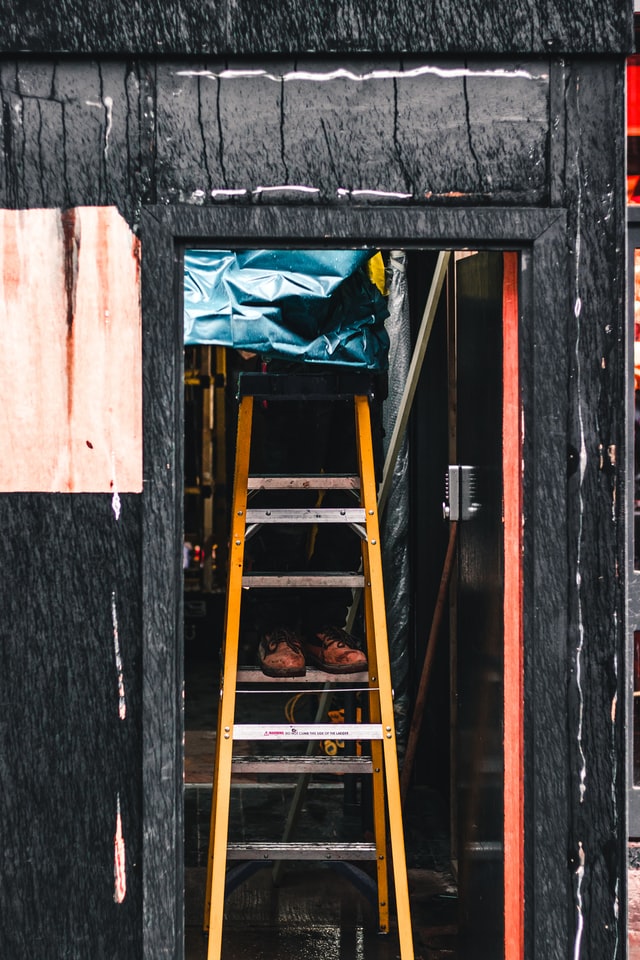
Working at Heights – Stepladders Explain dangers A stepladder is one of the most familiar things on a jobsite. Still, workers get hurt using them. Falls are the biggest risk. […]
